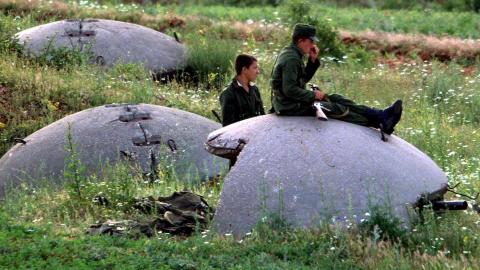Memories of Sealed Borders Left their Mark on Modern Albania

I don't know whether that stands true for all the history of the world, but I know that 20th-century Europe's often painful history can be observed through the lens of borders.
The morbid fixation of the Communist regimes of Eastern Europe with borders, fences and walls was unprecedented in European history. The model of the impermeable "iron curtain" that divided the European continent for half a century was initially imposed by Stalin.
This tyrant understood that to "perfect" a totalitarian system of control you need totally impermeable border for the system to work. What made the Stalinist/communist borders so dystopic was the very intention to distort any classical perceptions of "borders," given that the main objective was to keep the entrapped inside, walled-in. When someone retells the story of these borders, it sounds like a description of some disturbing futuristic tale.
Despite the differences among Eastern European communist countries, their shared fixation with borders remained intact until the end.
An supporter makes a fist as supporters of the former communist regime of dictator Enver Hoxha rally in the center of Tirana. Photo: EPA/FLORION GOGA
Suffice to say that the last "big dream" of Erich Honecker's East Germany was to turn the Berlin Wall into the most impermeable border in human history. (Who knows if part of Vladimir Putin's perception of the world reflects the frustration and humiliation he surely felt as a KGB agent in East Germany when that "dream" of perfect isolation turned into rubble?).
When I first visited the Museum of Communism in Prague, a propagandistic photo of Czechoslovak border guards caught my attention. It was identical to the kind of propagandistic photos that...
- Log in to post comments
